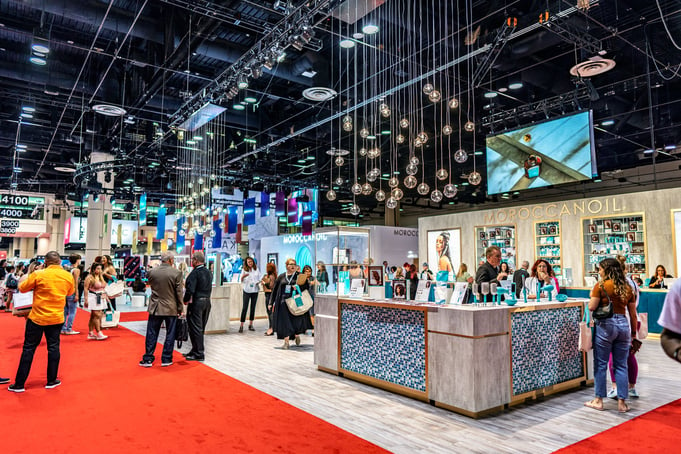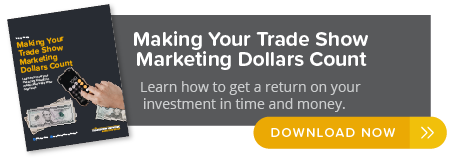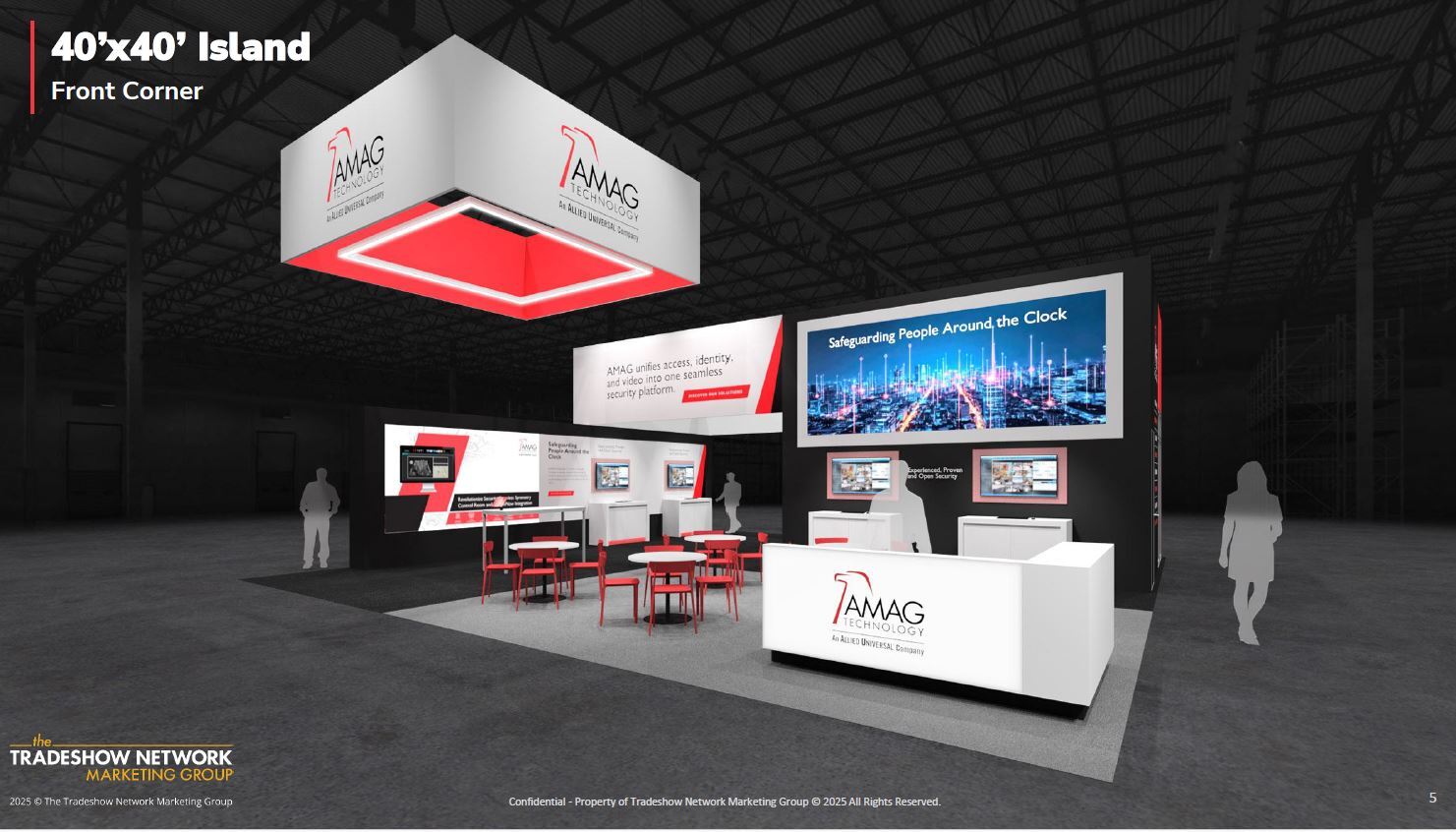Times have changed, no doubt about it. People are sick of being sick; things are more expensive; there seem to be challenges around every corner. In response, new societal norms are becoming more prevalent — a major one being that people would rather stay home than get on a plane and attend an event. As event producers, we now face new and steadily growing challenges: how to fight against these shifting priorities, find what resonates with our attendees, and get them to register, attend and engage during our events. Are these competing priorities? Absolutely. But there are answers for those willing to seek them out. In Part 5 of our virtual workshop series on “Crafting the Event Experience,” Ryan Costello, co-founder of Event Farm and Chief Strategy Officer for MemberSuite, addressed the realities of driving attendance and engagement at events—both in-person and virtual—in the midst of an ever-changing cultural landscape.
Ask any event planner what constitutes a great event, and you’ll probably get a ton of different answers. Food, lighting, great speakers, or a great location—these are all great components of what comprises an event. But if we really want to get to the root of it all, we need to recognize one thing from the start: the only thing that makes an event an event is humans.
Think about it. If humans come together, no matter where it is—a grassy park with no bathrooms, no water, no food, no microphone, no stage, no video production, no lighting, no nothing—you can still create an incredible event that people remember, simply by the fact that people showed up and connected.
Of course, the opposite could also happen.
“Imagine if we had all the other things, you know, and not a single human showed up,” Ryan posed to the group. “The next morning we would say, how did your event go? And you wouldn’t even describe it as an event, because you could just describe it as a set, right? All you did was build the venue; you didn’t build an event.”
Using the Funnel
If you’ve ever worked in sales or marketing, you can probably relate to this idea of a funnel, but if not, let’s lay it out. In a marketing funnel, you get people that are interested in whatever you’re trying to sell, and then as they walk through the customer journey, you start filtering out the folks that are actually really interested and will ultimately do business with you.
When you’re thinking of events, many people see their registration number as the metric to focus on, but in today’s environment, that number may not mean anything. As Ryan noted in the session, it’s more important to consider the funnel as your event experience—from first-touch marketing all the way to the second the door closes behind them when they leave.
“A big registration number, in today’s environment, doesn’t mean anything to me; I don’t even care if they paid—they still might not get on a plane,” he said. “We need to understand that we need to hold these attendees’ hands all the way through the funnel. Never let them go, because every touch point is an opportunity to hold tighter.
If we’re looking at an event through the lens of a marketing funnel, there are two major points-in-time that we need to focus on when it comes to having attendees make it all the way through: Getting them to sign up, and then, getting them to show up.
Getting Them to Sign Up
This challenge—getting people to actually register—is one we’re probably all familiar with, because our focus has always been on getting attendees to pay for a ticket or to register to attend. We know what this takes, but it’s still challenging.
The poll conducted during the workshop, showed that the majority of event planners face a common challenge in this regard—getting potential attendees to sign up for, and then read their emails.
Outside of the regular problem-solving that must happen first (are your emails being delivered? Have you been marked as spam?) one of the areas that we need to focus on is ensuring that the emails have value to your customer.
Don’t Be Desperate
If you’ve ever used the “Going Fast” or “Only two tickets left” schtick in a subject line….stop. As Ryan noted, language intended to invoke action usually only comes across as desperate.
“Does that sound like something that’s really exciting, that has exclusivity that you really want to jump on,” he asked. “Or, does this sound like an event planner who’s desperate? You decide.”
Create a Unique Experience
Imagine getting an invite from a friend that was for an intimate get-together at their house, and you were one of a few invited because you’re one of their closest friends. Then you get there, and you’re there with 300 other people, crammed into the living room trying to find out where the drinks are.
Too often that’s how we market to our attendees. The content we send tells them how much we want them there because they are important to us and one of the exclusive crew. Then they sign up and we ask them to invite all their friends from Facebook.
Wait. Is this event exclusive, or not?
“I encourage you guys to look at tactics like this and ask: Is it publicly accessible or is it invite exclusive only?” Ryan said. “You could have a hybrid; maybe there’s a group of people that you want to treat well that need this love and extra hand-holding, and then the others you just need to fill the seats.”
Whatever it is, he noted, be honest about it and authentic to your attendees. They’ll know if you’re not.
Getting Them to Show Up
Once someone has registered for your event, you may be on the right track, but you’re far from done. The next step is to get them to actually walk in and attend, and that takes a concerted effort that is ongoing, to build up enthusiasm and get them truly excited for what they will experience.
Create Anticipation
Many planners will wait until everything is locked in to announce it—and by that time there’s so much to tell that the attendee gets overwhelmed. Instead, drip out content to keep the attention and build anticipation for the event.
“Look for things along the way as your event comes together to surprise and delight; to create that funnel of ‘Oh my God, yet another thing I want to be a part of.’
Build the Community
As event planners, it’s important to know that, good or bad, our attendees are talking about us. They are asking each other if they are going, or what they want to see. The more that we can get on the front end and drive that conversation, the better off we’ll be.
”You can sit back and just hope and wish that that happens for you because it’s really powerful,” said Ryan, who noted that the power of community can drive everything from signing up to showing up, and wanting to really engage with others while they are there. On the other hand, he said, you can help ignite it by partnering with influencers in the community and sparking a “whisper” campaign.
Whatever your event looks like, and however you decide to market it and create that experiential funnel to keep them along, make sure to keep in mind that people are the key. If you can consider the needs and motivations of your attendees, and craft an event around that—from the first message that goes out to every touch and impact point along the way—you can be sure you’ll create an event worth coming to, and one where your community can ultimately have a great experience.
To watch the replay of Crafting the Event Experience Part 5, click here now. To access all recaps of previous sessions in the virtual workshop series, visit these blog posts:
- Part 1: Designing the Event Brand
- Part 2: A Guide to Experience Mapping
- Part 3: How to Wow Attendees Beyond the Door
- Part 4: Reimagining the Conference
Guest Blogger: For more information on how you can drive attendance and build engagement at your next event, check out Event Farm’s suite of tools; you can download the brochure or request a demo now.






